The influence of graphic design on politics, protest and power
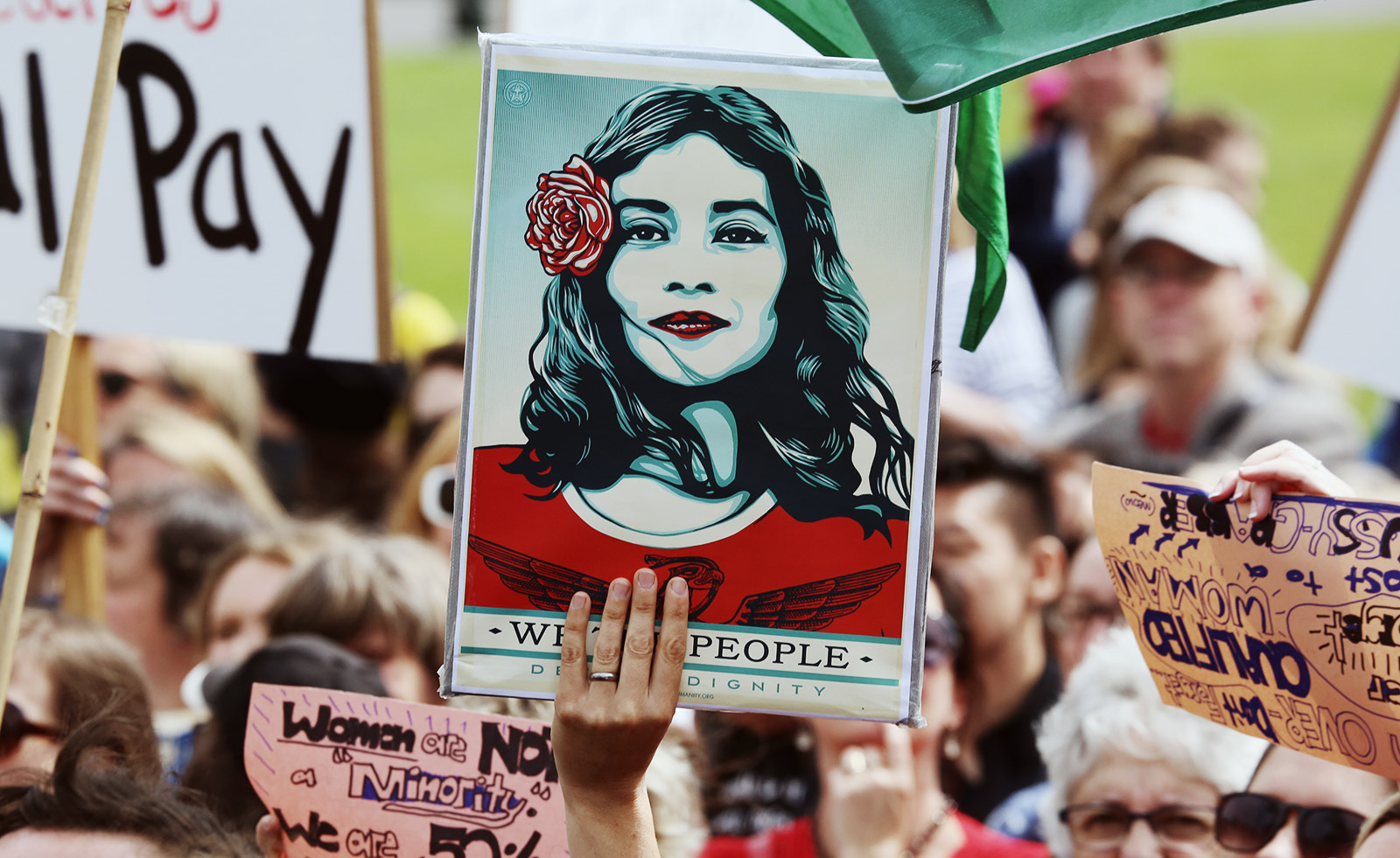
Donald Trump, Vladimir Putin, and a giant inflatable rubber duck. The latest exhibition at London’s Design Museum, ‘Hope to Nope: Graphics and Politics 2008-18’ (named after the iconic Shepard Fairey poster of Barack Obama, and the viral Trump meme, respectively) is shocking, surprising, and sometimes overwhelming.
A deep dive into graphic design of the last ten years – a decade that has seen catastrophic shifts in global politics, economy and the environment – the exhibition features everything from beer mats and badges to flags, posters and placards, with plenty of new media and technology, emphasised as perhaps the most insidious way to create and disseminate political ideas.
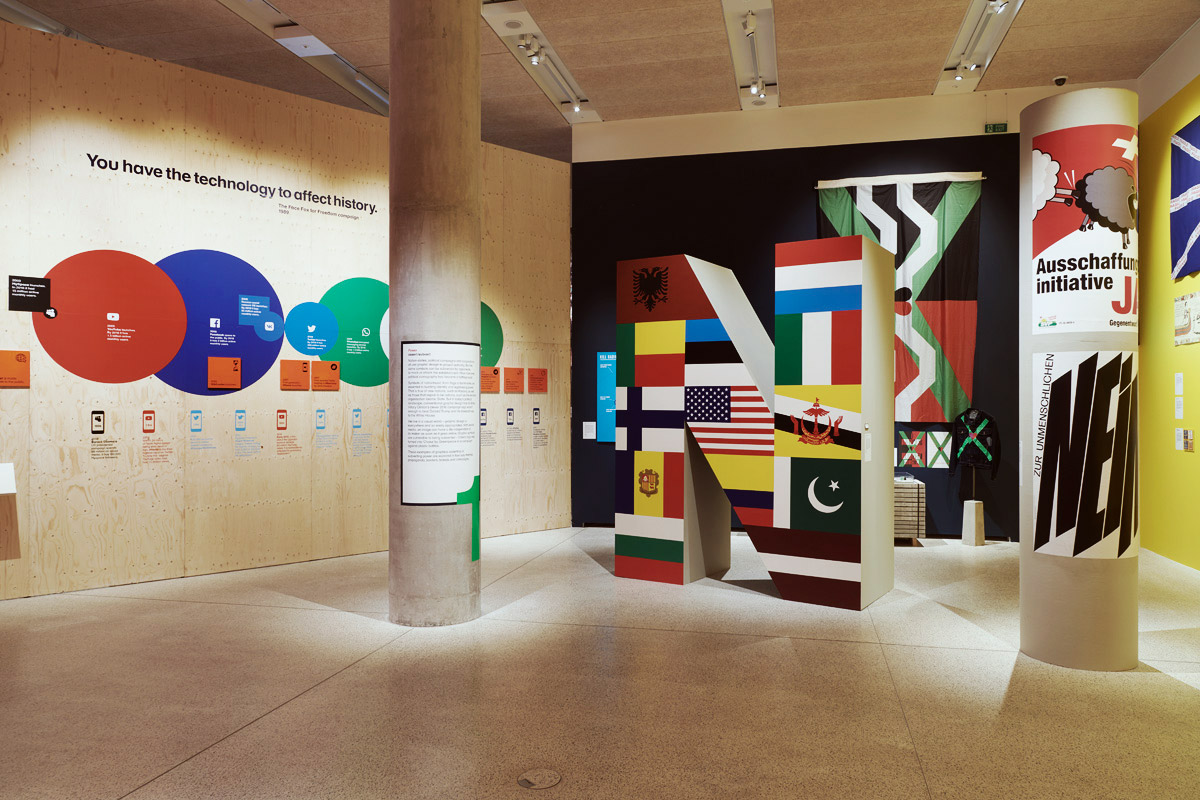
Installation view of ‘Hope to Nope: Graphics and Politics 2008-18’ at the Design Museum, London.
‘One of our main aims with “Hope to Nope” was to demonstrate that graphic design makes a demonstrable difference and to foreground its role in how people are informed, educated, entertained and provoked,’ asserts Lucienne Roberts. The graphic designer and author curated the show with fellow GraphicDesign& co-founder David Shaw, as well as Rebecca Wright and the Design Museum’s Margaret Cubbage (a book by the same name has also been published by GraphicDesign&).
‘New technology has in a sense democratised graphic design,’ Roberts explains. ‘Utilised by the marginalised and powerful alike, traditional media now rubs shoulders with the hashtag and the meme, making graphic design critical in giving everyone a political voice. Arguably, new technology has empowered grassroots activists but also resulted in targeted campaigns by political interest groups, designed to set people against one another and even destabilise political systems.’
Slogans reverberate off the walls: HOPE TRUMPS HATE, I’M IN, JE SUIS CHARLIE, I AM THE 99%. Organised into three sections (Protest, Power and Personality) ‘Hope to Nope’ makes the relationship between politics, technology and design apparent, moving from local to global campaigns, worldwide initiatives and more DIY forms of subverting the status quo, there is urgency, hilarity and absurdity here: not least in a rap video produced by the Chinese government.

Corbyn swoosh t-shirt, by Bristol Street War
‘Hope to Nope’ also reminds us of the success stories – moments that these designs propelled action. One reminder is the blue bra that was painted on the streets of Cairo in solidarity with the woman who was violently beaten by the military during civil arrest in 2011. The images proliferated online, garnering global media coverage, and prompting thousands of Egyptians to march into Tahrir Square.
Whether effective in their purpose or not, Roberts argues, graphic design – especially once out in the public space – is always political. Her own studio has worked with NGOs, trade unions and public health and education organisations. ‘Graphic design is a carrier of messages, a tool of influence used to persuade. The question we have a responsibility to ask is, “Persuade to do what and to whose benefit?”,’ she says. ‘Graphic design is rarely about graphic design after all.’
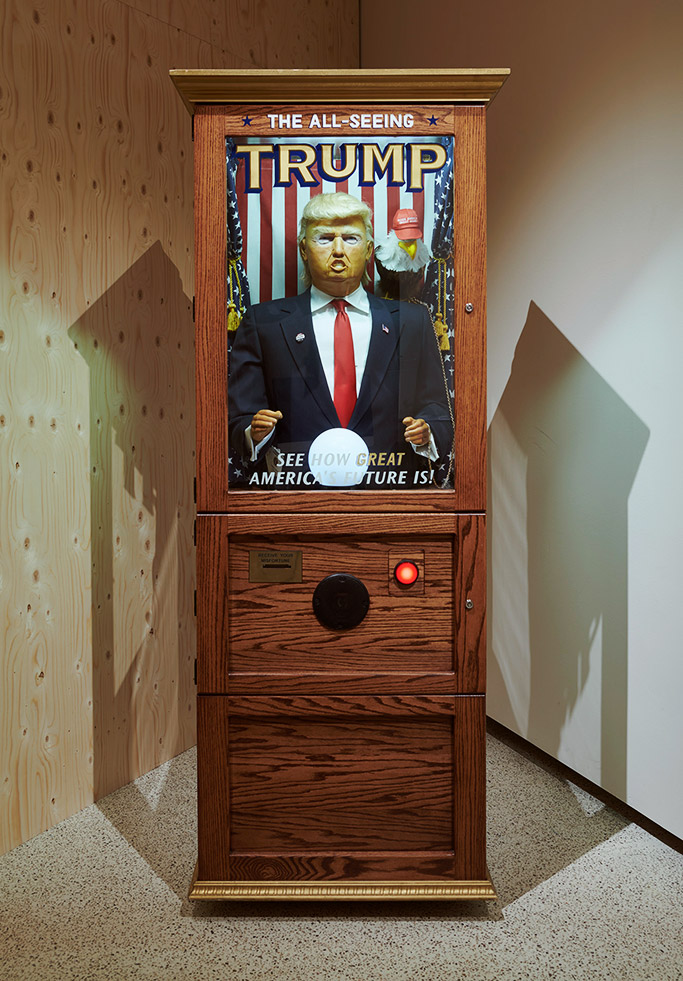
Installation view of ‘Hope to Nope: Graphics and Politics 2008-18’ at the Design Museum.
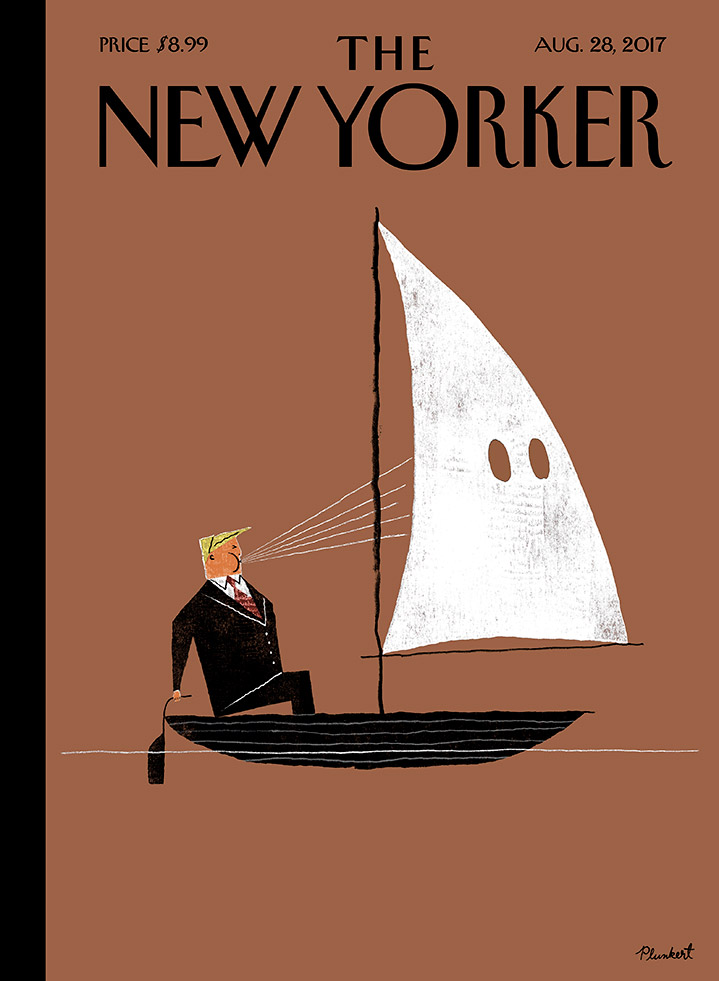
Blowhard, 2017, by David Plunkert, for The New Yorker
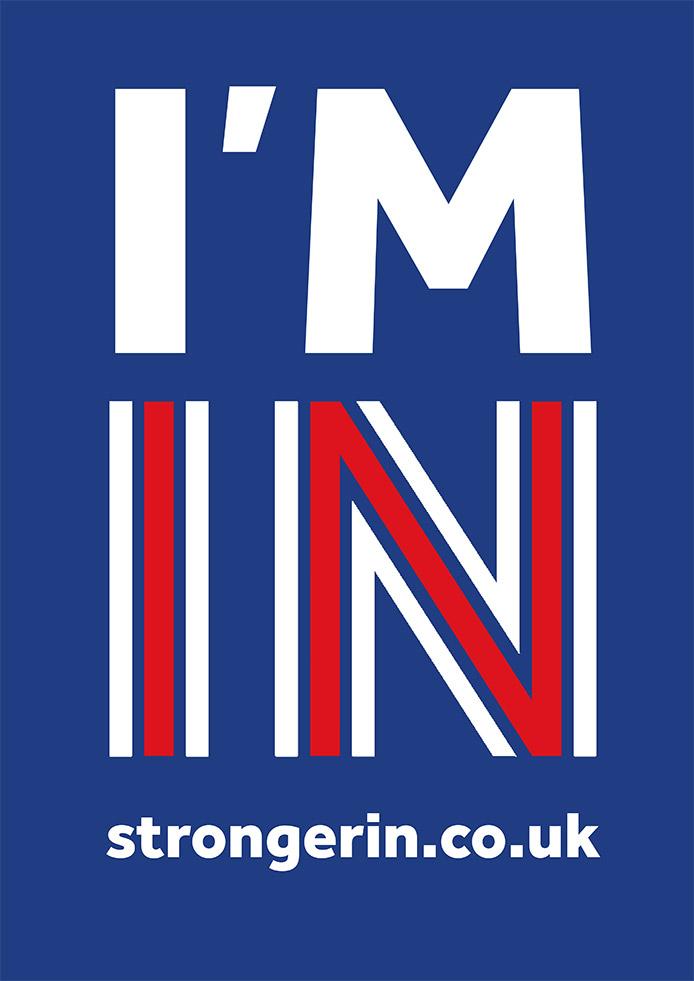
Remain campaign poster for the EU Referendum.
INFORMATION
‘Hope to Nope: Graphics and Politics 2008-18’ is on view until 12 August. ‘Hope to Nope’, £15, published by GraphicDesign&. For more information, visit the Design Museum website
ADDRESS
Design Museum
224-238 Kensington High Street
London W8 6AG
Receive our daily digest of inspiration, escapism and design stories from around the world direct to your inbox.
Charlotte Jansen is a journalist and the author of two books on photography, Girl on Girl (2017) and Photography Now (2021). She is commissioning editor at Elephant magazine and has written on contemporary art and culture for The Guardian, the Financial Times, ELLE, the British Journal of Photography, Frieze and Artsy. Jansen is also presenter of Dior Talks podcast series, The Female Gaze.
-
 Each mundane object tells a story at Pace’s tribute to the everyday
Each mundane object tells a story at Pace’s tribute to the everydayIn a group exhibition, ‘Monument to the Unimportant’, artists give the seemingly insignificant – from discarded clothes to weeds in cracks – a longer look
-
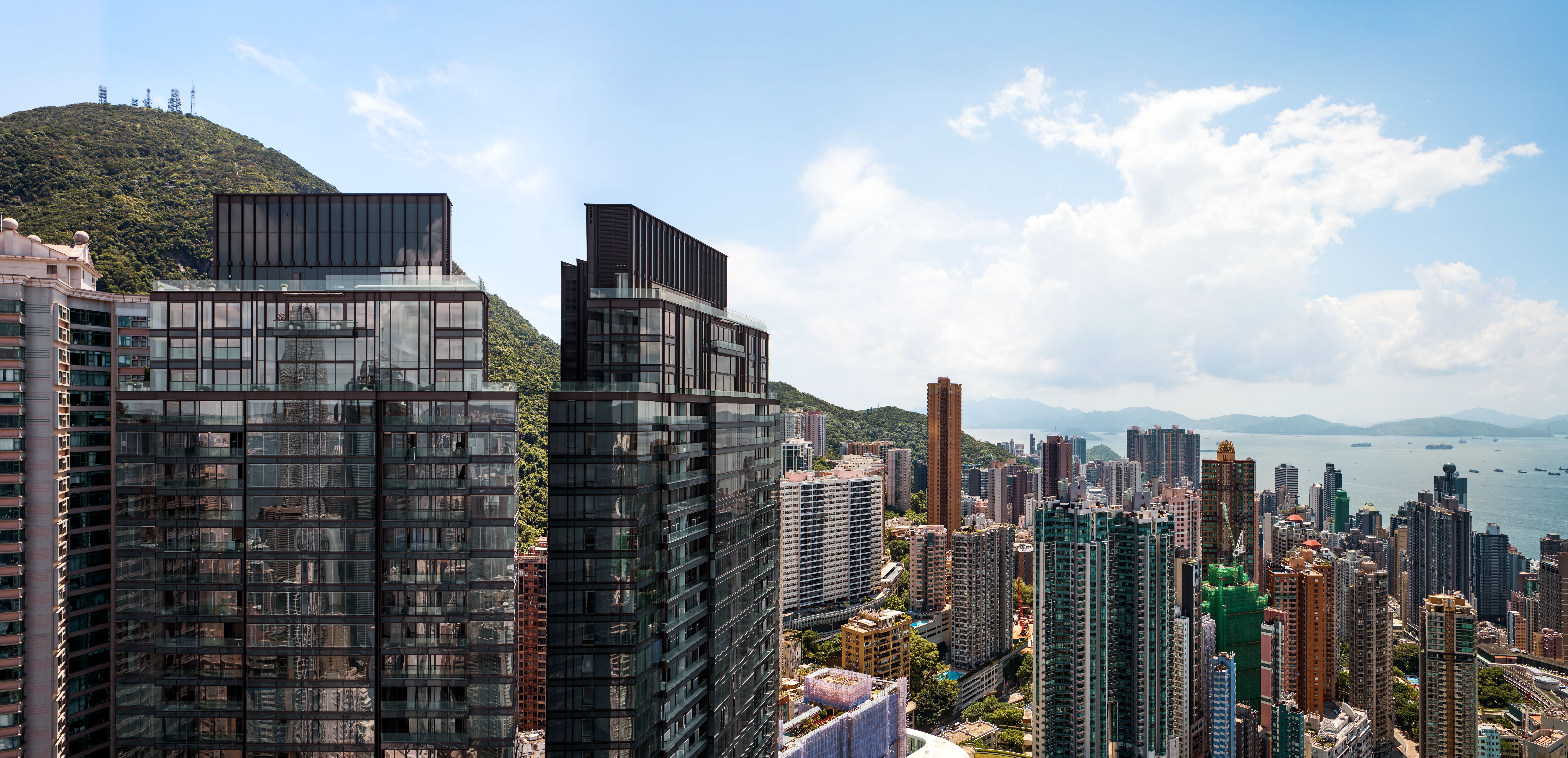 Discover The Legacy, Hong Kong’s eye-catching new condo
Discover The Legacy, Hong Kong’s eye-catching new condoThe Legacy, by ACPV Architects Antonio Citterio Patricia Viel, is a striking new condo tower that aims to ‘create a sense of community and solidarity among people’
-
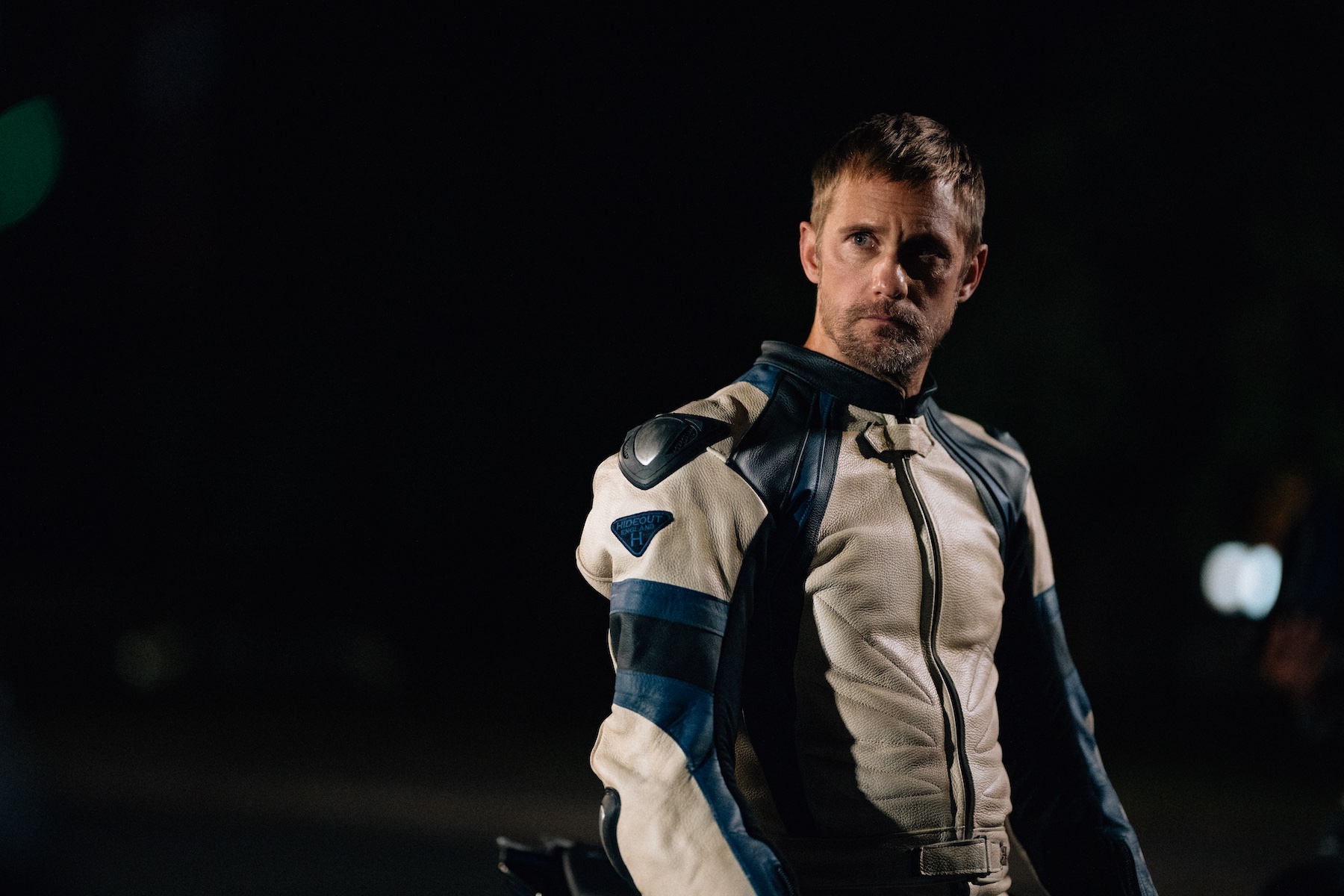 In BDSM biker romance ‘Pillion’, clothes become a medium for ‘fantasy and fetishism’
In BDSM biker romance ‘Pillion’, clothes become a medium for ‘fantasy and fetishism’Costume designer Grace Snell breaks down the leather-heavy wardrobe for the Alexander Skarsgård-starring Pillion, which traces a dom/sub relationship between a shy parking attendant and a biker
-
 Each mundane object tells a story at Pace’s tribute to the everyday
Each mundane object tells a story at Pace’s tribute to the everydayIn a group exhibition, ‘Monument to the Unimportant’, artists give the seemingly insignificant – from discarded clothes to weeds in cracks – a longer look
-
 Out of office: The Wallpaper* editors’ picks of the week
Out of office: The Wallpaper* editors’ picks of the weekThis week, the Wallpaper* team had its finger on the pulse of architecture, interiors and fashion – while also scooping the latest on the Radiohead reunion and London’s buzziest pizza
-
 Out of office: The Wallpaper* editors’ picks of the week
Out of office: The Wallpaper* editors’ picks of the weekIt’s been a week of escapism: daydreams of Ghana sparked by lively local projects, glimpses of Tokyo on nostalgic film rolls, and a charming foray into the heart of Christmas as the festive season kicks off in earnest
-
 Wes Anderson at the Design Museum celebrates an obsessive attention to detail
Wes Anderson at the Design Museum celebrates an obsessive attention to detail‘Wes Anderson: The Archives’ pays tribute to the American film director’s career – expect props and puppets aplenty in this comprehensive London retrospective
-
 Meet Eva Helene Pade, the emerging artist redefining figurative painting
Meet Eva Helene Pade, the emerging artist redefining figurative paintingPade’s dreamlike figures in a crowd are currently on show at Thaddaeus Ropac London; she tells us about her need ‘to capture movements especially’
-
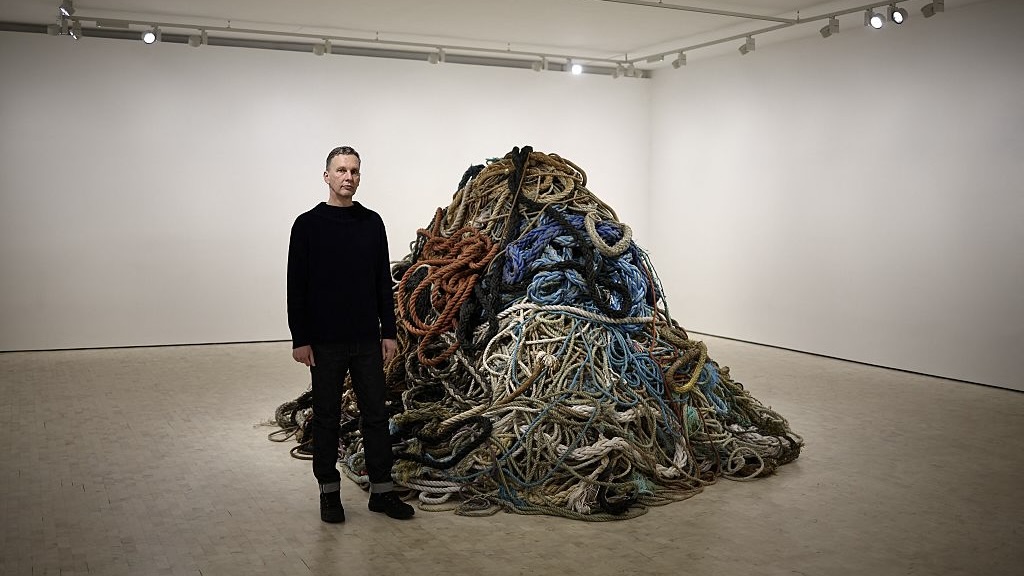 David Shrigley is quite literally asking for money for old rope (£1 million, to be precise)
David Shrigley is quite literally asking for money for old rope (£1 million, to be precise)The Turner Prize-nominated artist has filled a London gallery with ten tonnes of discarded rope, priced at £1 million, slyly questioning the arbitrariness of artistic value
-
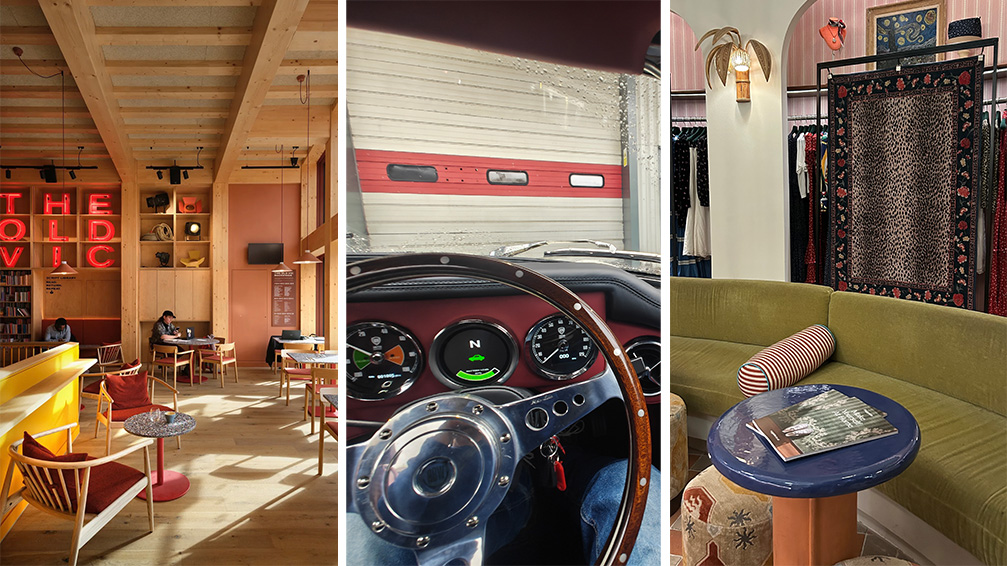 Out of office: The Wallpaper* editors’ picks of the week
Out of office: The Wallpaper* editors’ picks of the weekThe rain is falling, the nights are closing in, and it’s still a bit too early to get excited for Christmas, but this week, the Wallpaper* team brought warmth to the gloom with cosy interiors, good books, and a Hebridean dram
-
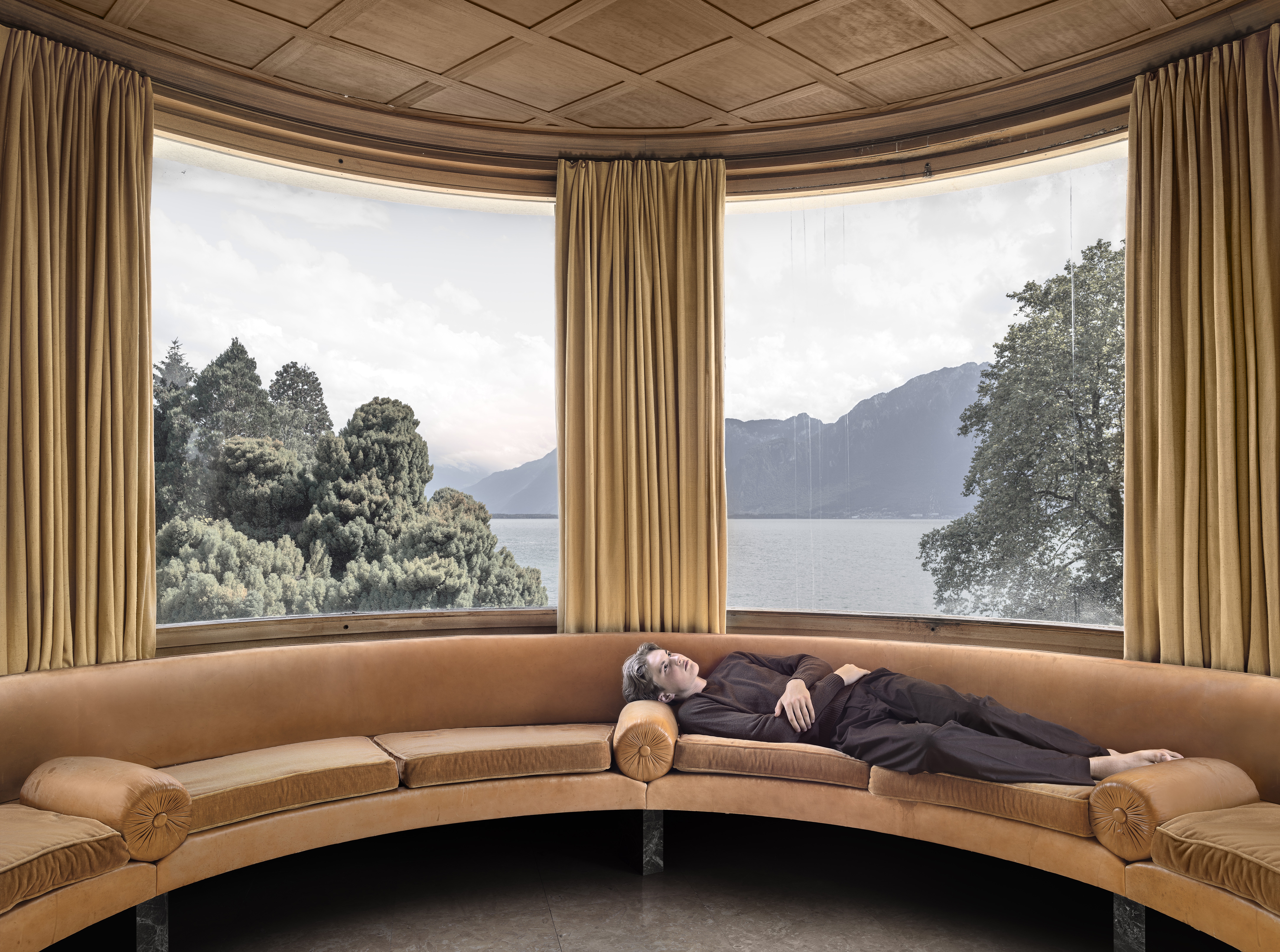 A former leprosarium with a traumatic past makes a haunting backdrop for Jaime Welsh's photographs
A former leprosarium with a traumatic past makes a haunting backdrop for Jaime Welsh's photographsIn 'Convalescent,' an exhibition at Ginny on Frederick in London, Jaime Welsh is drawn to the shores of Lake Geneva and the troubled history of Villa Karma